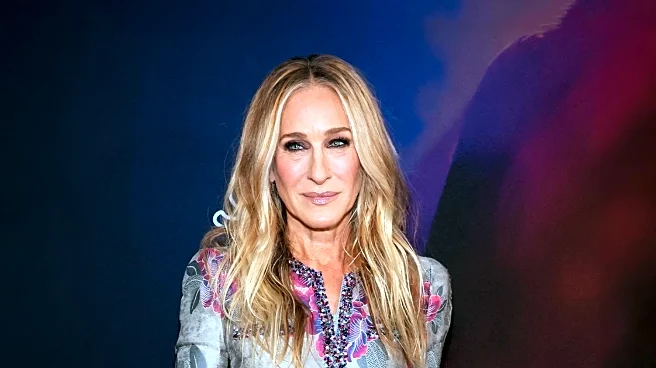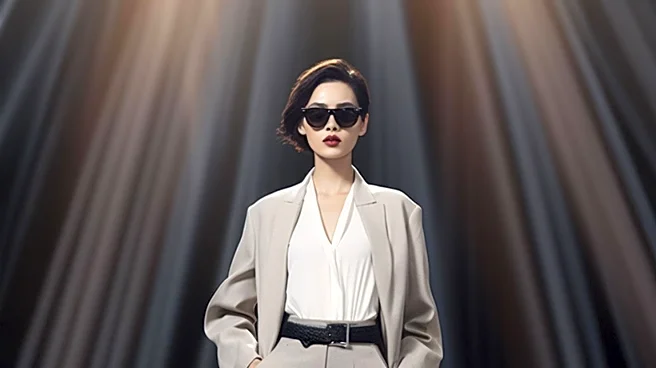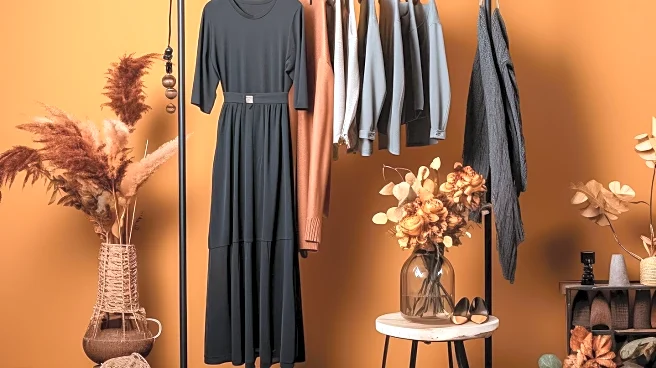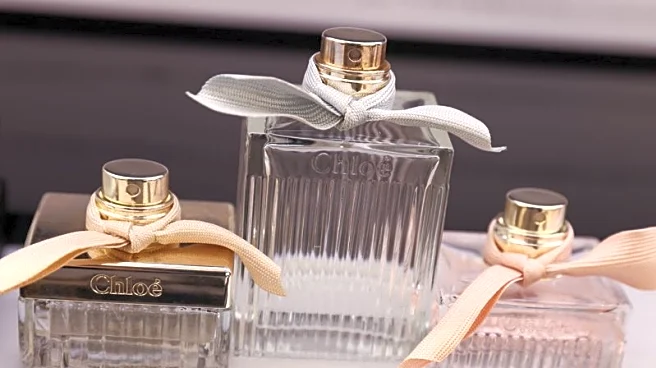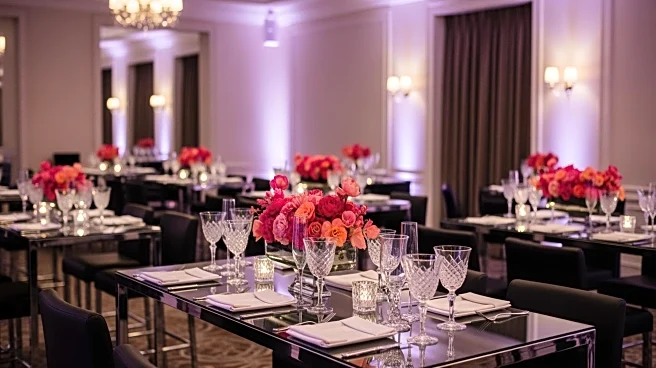What's Happening?
Several fashion brands are challenging the traditional youth-centric norms by featuring celebrities over 50 in their fall and winter campaigns. Notable figures such as Laura Dern, Viola Davis, and Jane
Fonda have recently graced the runways in major fashion weeks across New York, London, and Paris. This trend continues with Academy Award winner Olivia Colman, who stars in Burberry's outerwear campaign, and Sarah Jessica Parker, who models UGG's shearling boots. Julianne Moore, aged 64, fronts Movado's fall campaign, showcasing the brand's Museum Bangle watch. These campaigns highlight the growing acceptance and celebration of age diversity in the fashion industry.
Why It's Important?
The inclusion of celebrities over 50 in major fashion campaigns signifies a shift towards greater age diversity and inclusivity within the industry. This move challenges the long-standing notion that youth is paramount in fashion, potentially influencing public perceptions and encouraging brands to embrace a broader range of ages in their marketing strategies. By featuring well-known figures who resonate with older demographics, brands can expand their appeal and connect with a wider audience. This trend may also inspire other industries to reconsider age-related biases and promote inclusivity in their practices.
What's Next?
As more brands adopt age-inclusive marketing strategies, it is likely that the fashion industry will continue to evolve towards greater diversity. This could lead to increased representation of older models and celebrities in future campaigns, further challenging age-related stereotypes. The success of these campaigns may encourage other sectors to follow suit, potentially leading to broader societal changes in how age is perceived and valued. Stakeholders, including fashion designers, marketers, and consumers, may play a role in driving this transformation by advocating for and supporting age diversity.
Beyond the Headlines
The trend of featuring older celebrities in fashion campaigns may have deeper implications for societal attitudes towards aging. By celebrating age and experience, these campaigns can contribute to a cultural shift that values wisdom and maturity. This could influence how aging is perceived in various aspects of life, including employment, media representation, and social interactions. Additionally, the fashion industry's embrace of age diversity may inspire discussions around the ethical considerations of inclusivity and representation, prompting further examination of biases and stereotypes.
